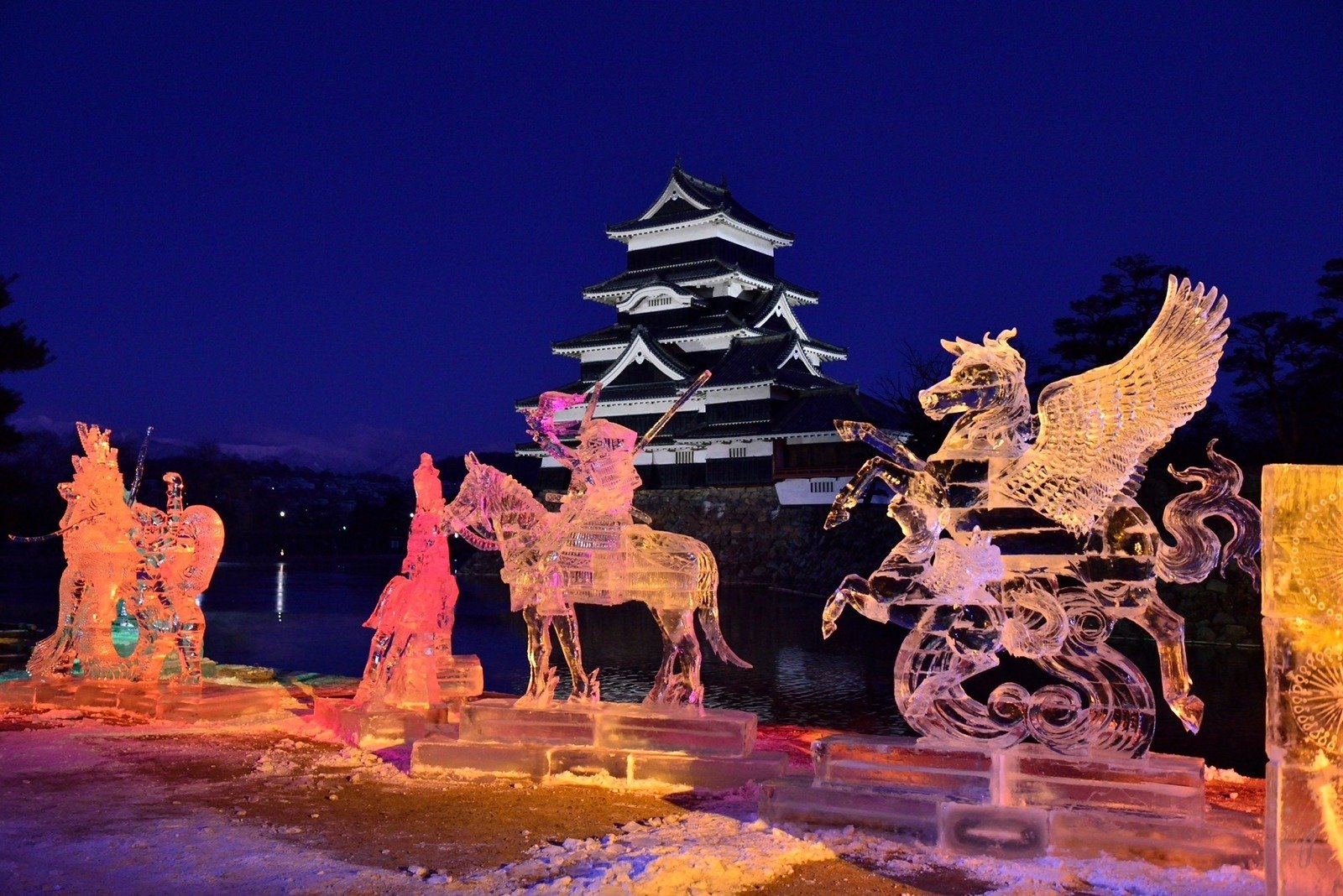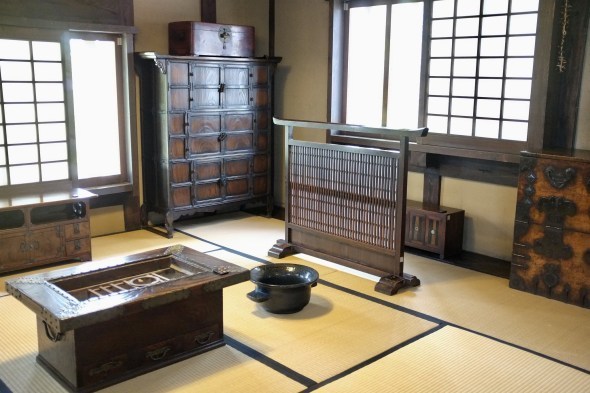Matsumoto Castle [Guide]
Make the most out of your trip to Matsumoto City and National Treasure Matsumoto Castle.
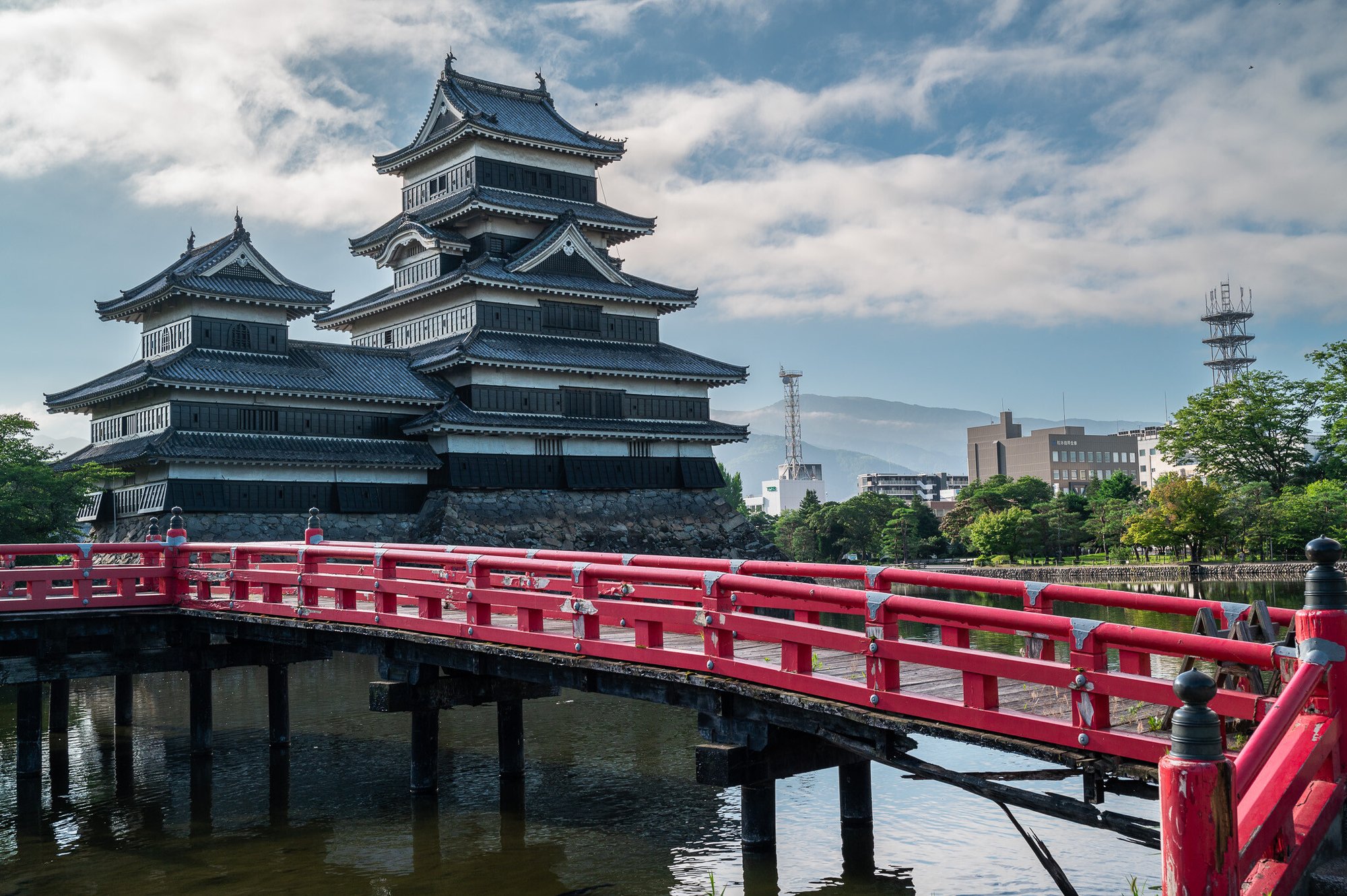
For over 400 years, Matsumoto Castle has stood proudly in the center of Matsumoto City. While it was built during the Warring States Period, it never saw battle, and instead of becoming a symbol of war, became a symbol of the people who worked so hard to protect it.
The castle is a National Treasure, not just because it is one of the few surviving castles left in Japan, but also because of its beauty and its unique construction. Both first-time visitors to Japan and seasoned castle enthusiasts can appreciate its chic black-and-white exterior and the majestic Japanese Alps in the distance.
Matsumoto Castle Travel Guide
Location and Access
Matsumoto Castle sits in the middle of Matsumoto City in central Nagano Prefecture. It is accessible on foot (~15 min.) or by bus (5 min.) from JR Matsumoto Station. Several train lines connect JR Matsumoto Station to other major station such as Nagano Station, Shinjuku Station and Nagoya Station.
Access From Tokyo
Take the Limited Express Azusa train from Shinjuku Station to Matsumoto Station (2 hrs. 35 min.).
By bus, the journey from Shinjuku Bus Terminal to Matsumoto Bus Terminal takes about 3 hours and 20 minutes. (See Matsumoto-Shinjuku bus timetable.)
Access From Nagoya
Take the Limited Express Wide View Shinano from Nagoya Station to Matsumoto Station (2 hrs. 5 min.).
By bus, the journey from Meitetsu Bus Center to Matsumoto Bus Terminal takes about 3 hours and 30 minutes. (See Matsumoto-Nagoya bus timetable.)
Access from Osaka/Kyoto
By bus, the journey from Umeda Hankyu Sanbangai (Osaka) to Matsumoto Bus Terminal takes about 5 hours and 40 minutes. From Kyoto Fukakusa, the journey is just under 5 hours. (See Matsumoto-Osaka bus timetable.)
Access from Nagano
Take the Limited Express Wide View Shinano from Nagano Station to Matsumoto Station (51 min.). Using the local Shinonoi line train, the journey takes about 80 minutes.
When to Visit
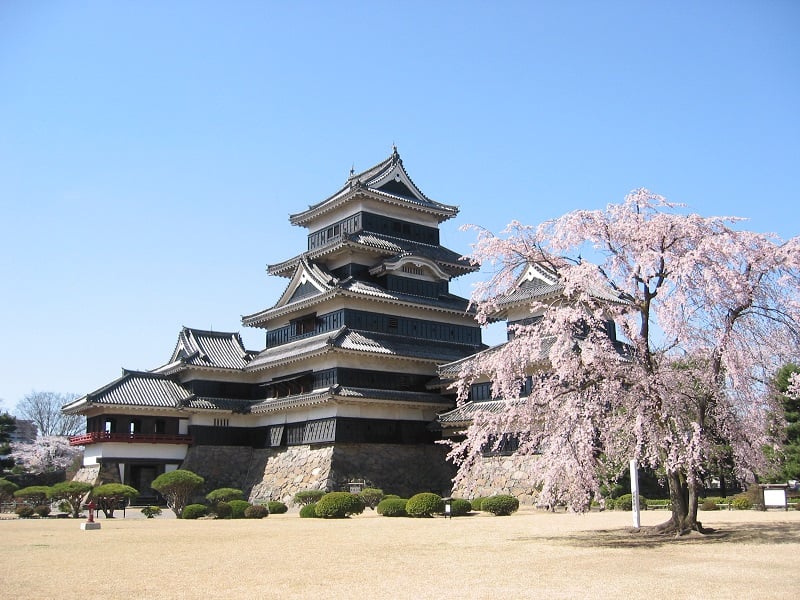
Matsumoto Castle in spring

Matsumoto Castle in summer

Matsumoto Castle in autumn

Projection mapping over Matsumoto Castle in winter
Matsumoto Castle is open year-round, and you can enjoy seasonal scenery or special events depending on when you visit.
During mid-April, Matsumoto Castle celebrates its cherry blossom festival. Over 300 cherry blossom trees can be found around the castle moat and in its inner garden. They can be enjoyed both during the day, with the splendid scenery of the Japanese Alps, or at night, with the trees and castle brilliantly illuminated.
Cultural events are held frequently, including tea ceremonies, traditional theater, Japanese martial arts demonstrations and taiko performances. You can see a full list of Matsumoto’s annual events on their official website.
In late October to early November, the vibrant red autumn foliage of maple leaves contrast beautifully against Matsumoto Castle’s black-and-white exterior.
During winter, you can see the Matsumoto Ice Sculpture festival, where sculptors from around Japan demonstrate their ice carving skills in front of the castle.
Peak vs. Off Peak Season
Matsumoto Castle is very busy during major Japanese holidays such as Golden Week (the first week of May), the Obon Holiday in mid-August and Silver Week in mid-September. Crowds are also expected during peak cherry blossom and fall foliage viewing times. Lines to enter the castle can reach up to two-hour waits.
To avoid the crowds, we recommend avoiding major holidays and weekends and/or visiting in the morning or late afternoon.
Things to Do Around Matsumoto Castle
Climb the Castle Keep
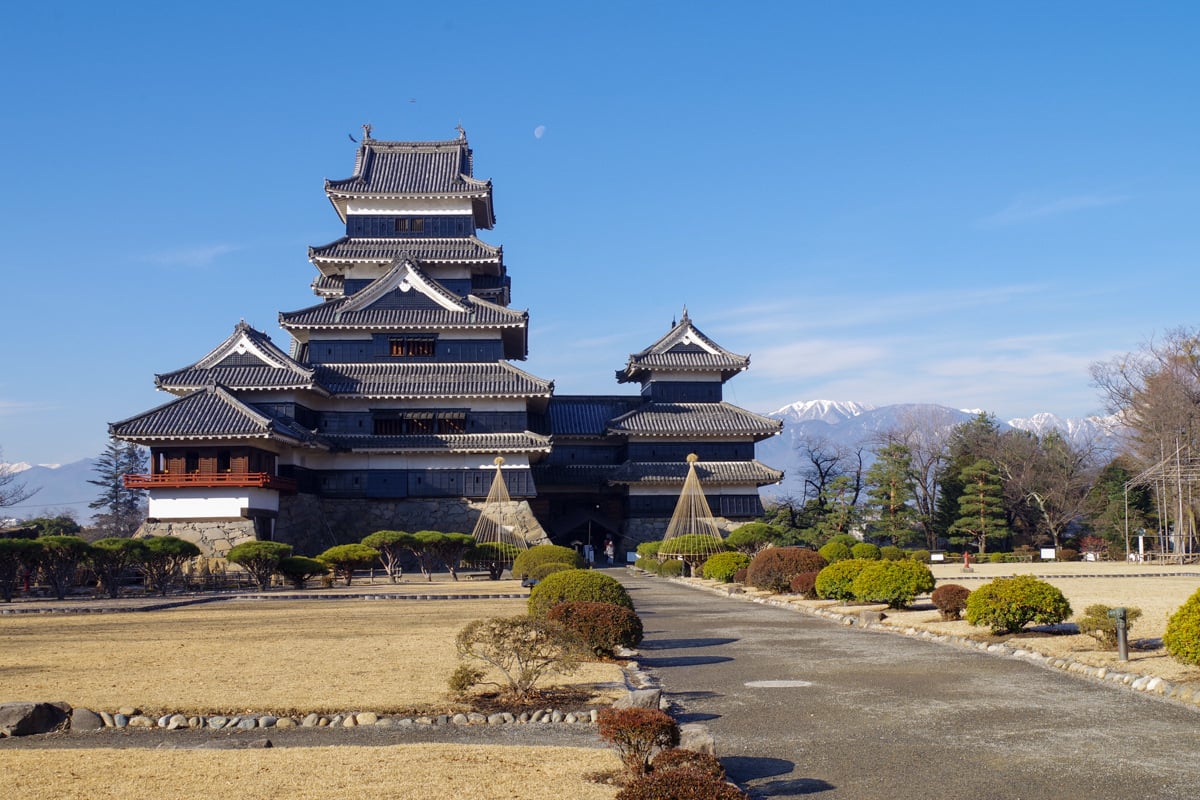
You can enter the inner courtyard and castle keep of Matsumoto Castle during the castle’s opening hours for a small fee. The steep climb rewards you with excellent views of Matsumoto City and the Japanese Alps at the top, as well as a look into the castle’s history and secrets.
Counting from the outside, you can see that Matsumoto Castle’s main keep has five stories, but when you enter the keep, you’ll find that there are actually six floors inside. By hiding an extra floor inside the castle, it was possible to hide more troops than the enemy would expect. You’ll also notice that the stairs are quite steep—they were built to prevent enemy troops from climbing the keep.
Matsumoto Castle is also a treasure trove of weapons and armor used during the Warring States Period. As you climb up the castle keep, you can see displays of flintlock pistols, rifles, swords, and other items that were used by samurai over 400 years ago. It’s somewhat ironic that such a great collection of weaponry can be found at a castle that never saw battle.
Walk the Historical Castle Streets of Nawate and Nakamachi
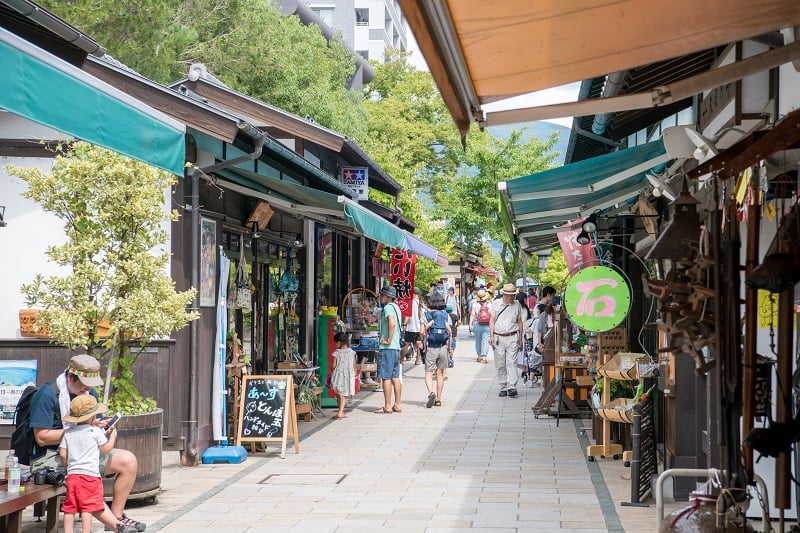
Nawate-dori Street near Matsumoto Castle

Matsumoto Castle helped shape the city of Matsumoto. All around the castle, you can find glimpses of the city’s past. Several streets retain an atmosphere of its castle town days, lined with old wooden shops and earthenware storehouses.
Right by the Metoba River (near the castle) you’ll find the two most popular streets to visit. On the castle side marked by a large statue of two warrior frogs is Nawate-dori, otherwise creatively known as “Frog Street.” The other, just on the other side of the river, is Nakamachi-dori. Both streets are filled with shops and cafes where you can spend some time and enjoy Matsumoto’s cultured atmosphere.
See the Works of Kusama Yayoi at the Matsumoto City Museum of Art
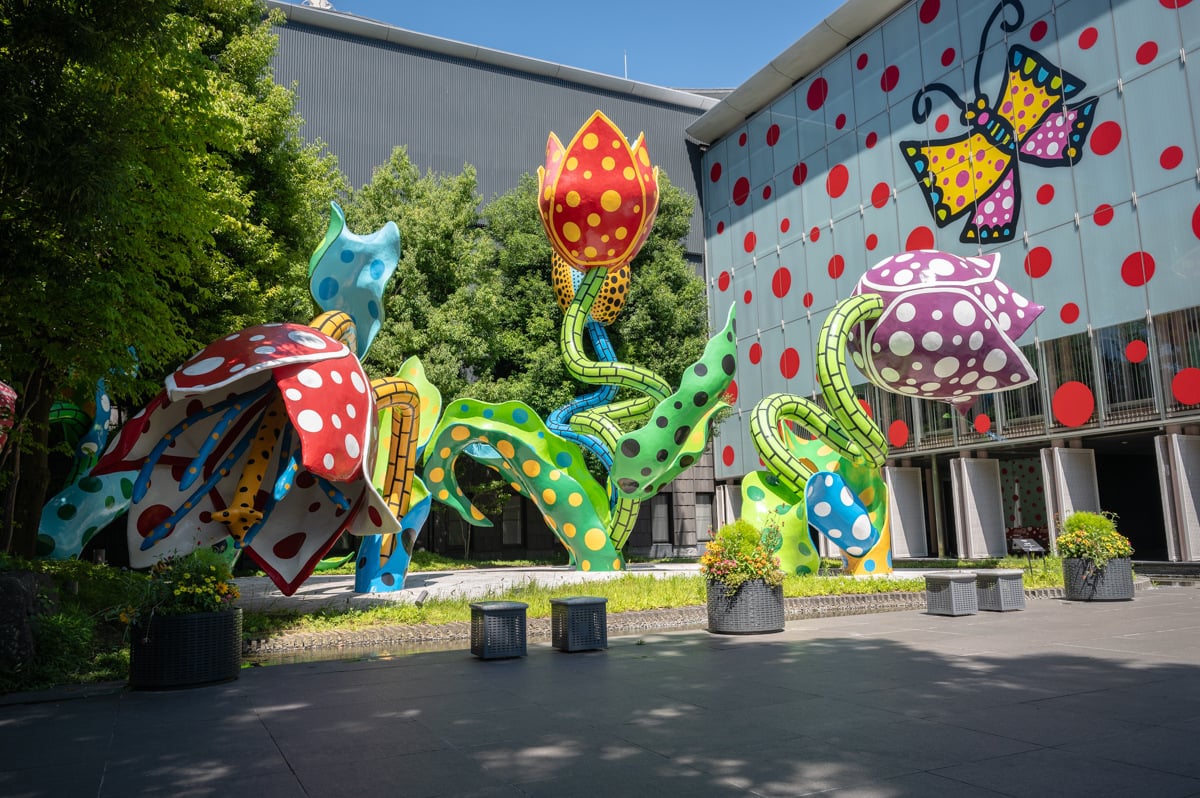
While in Matsumoto, you may also want to stop by the Matsumoto City Museum of Art. Here, you’ll find a permanent exhibition of the works of Yayoi Kusama, an internationally renowned artist who also happens to be from Matsumoto City. By bus, you can also reach the Japan Ukiyo-e Museum.
Participate in one of the area’s Historical Tours or Cultural Activities

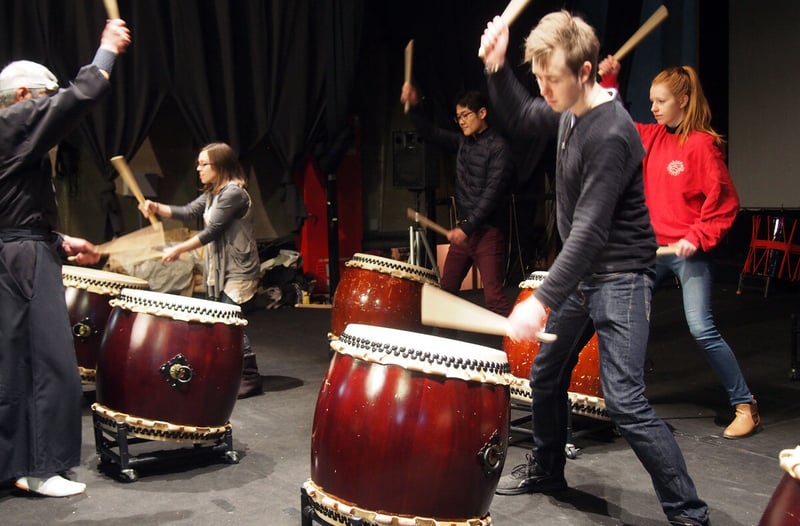

Matsumoto’s rich history makes it a perfect place to learn more about Japanese culture on a tour around the castle or a lesson in the weapon of the samurai. Don a yukata and hakama and wield a samurai’s katana as your instructor teaches you battle choreography, practice firing arrows from a hankyu short bow, or pound away at taiko drums.
There are also plenty of culinary activities here as well. You can also head to a nearby miso or sake brewery, learn to make your own soba noodles at a local soba restaurant or head to one of Japan’s largest wasabi farms to experience Japanese cuisine first-hand.
Learn more at the Matsumoto Experience website.
Hours and Admission
The park around the castle is free to visit at any time. Hours and admission fees apply to entering the castle’s inner courtyard and climbing the castle keep. You can purchase same-day tickets at the entrance or reserve a timeslot up to 3 months in advance using Matsumoto Castle's e-ticket system.
Hours
Regular Hours: 8:30 to 17:00 (last entry at 16:30)
Extended Hours (Golden Week/Summer Season): 8:00 to 18:00
Admission
E-ticket: Adults/1,200 yen, Children/400 yen
Paper ticket: Adults/1,300 yen, Children/400 yen
*For group entrance fees, see Matsumoto Castle’s official website
Nearby Sightseeing

Taisho Pond in Kamikochi
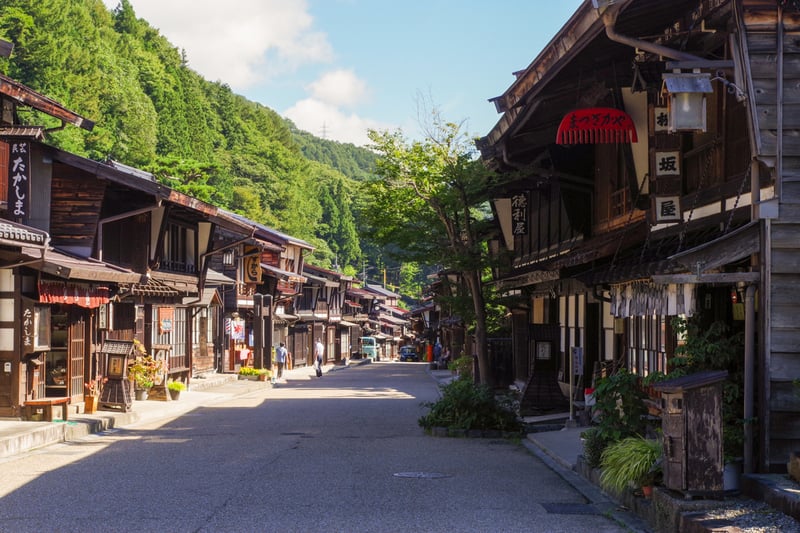
Narai-juku, one of the post-towns of the Nakasendo Trail
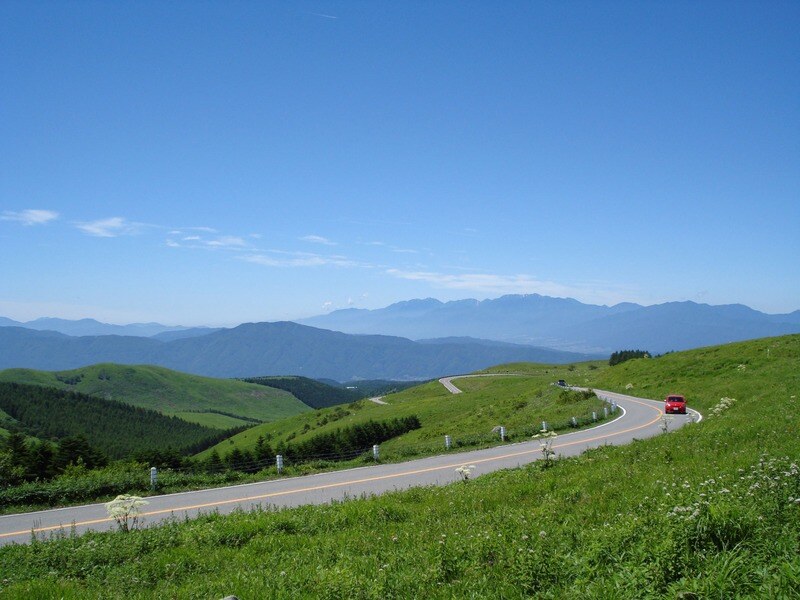
The Venus Line driving route
Those looking to escape the city and enjoy Nagano’s natural offerings can take advantage of Matsumoto’s proximity to Kamikochi, which is accessible in just an hour and a half via train and bus. Narai-juku, a historic post town along the famed Nakasendo Trail, is only a 45-minute train ride away, and visitors with their own vehicle could take a drive along the scenic Venus Line before enjoying the mountains of Utsukushigahara Highlands.
Where to Stay
Around Matsumoto Station
The area around Matsumoto Station is perfect for those who wish to stay near Matsumoto Castle and the city’s many restaurants or bars. Hotels, hostels, business hotels, ryokans, and luxury hotels can be found here.
Asama Onsen
These onsen (hot springs) on the outskirts of Matsumoto City can be reached in about 25 minutes via bus from Matsumoto Station. The accommodation boasts a variety of rooms and hot springs in which guests can rest, relax, and recuperate. The cozy, old-timey feel of Asama Onsen will only add to the experience.
Utsukushigahara Onsen
Those who wish to enjoy gorgeous natural views away from the city can look no further than these hot springs which are located 20 minutes away via bus or taxi from Matsumoto Station.

